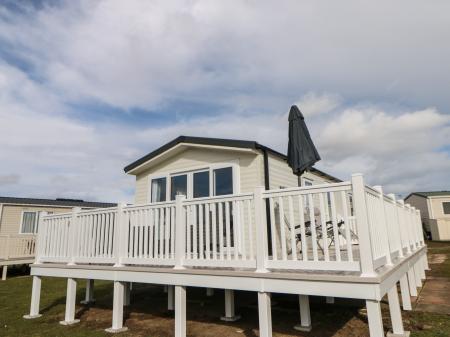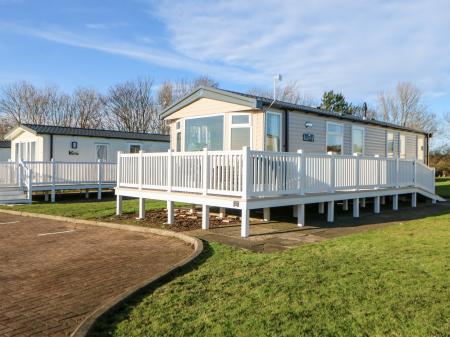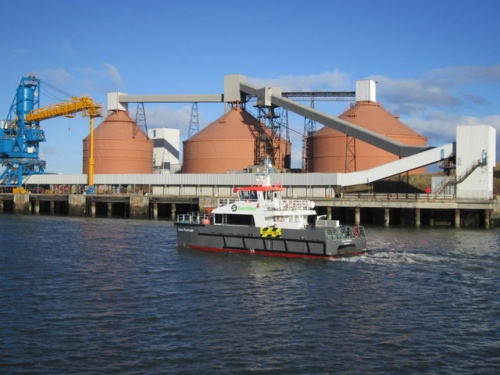
History
In a curious way, the growth of Blyth owes much to treason and a failed rebellion. Until the early 18th century the area formed part of the Newsham Estate, owned by the Earls of Derwentwater.
The 3rd Earl joined the Jacobite Rising in 1715, and when the Rising failed the Earl was executed for treason his estates were seized by the crown. The Newsham estate was put up for auction in 1723 and purchased by Matthew White and his brother-in-law Richard Ridley.
Ridley and White built a range of quays and dwellings on the south side of the river, and Blyth port began to attract shipping on a scale unimaginable just a decade before. More quays were added for coal and ballast, followed by a breakwater to improve the anchorage facilities.
Over the next two centuries, Blyth enjoyed almost continuous growth, as coal shipments increased, and new rail lines made it easier for inland mines to get their ore to Blyth port.
Landmarks
The modern sculpture 'Spirit of the Staithes', is a 50-foot high tower built on the Quayside to commemorate the role of Blyth in the distribution of coal around Europe. A much older building is 'High Light' lighthouse, begun in 1788 and heightened in 1888 and again in 1900. The High Light was originally illuminated by an oil-fired lamp, which was replaced by a gas lamp in 1857 and by an electric lamp in 1900.
The lighthouse stands amid modern buildings off Bath Terrace and reaches almost 62 feet high. It was in service until 1985 and is now a listed historic monument.
Just outside Blyth to the south is the stately home of Seaton Delaval Hall, built for Admiral George Delaval between 1718 and 1728 by Sir John Vanbrugh, the architect of Blenheim Palace.
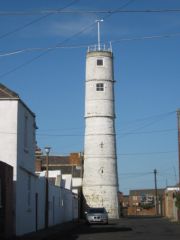
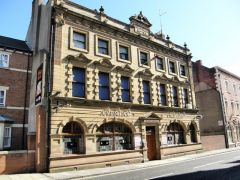
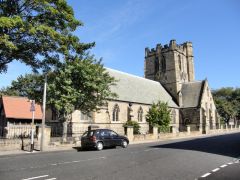
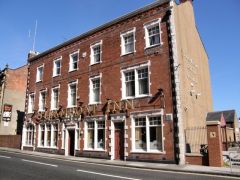
 We've 'tagged' this attraction information to help you find related historic attractions and learn more about major time periods mentioned.
We've 'tagged' this attraction information to help you find related historic attractions and learn more about major time periods mentioned.
